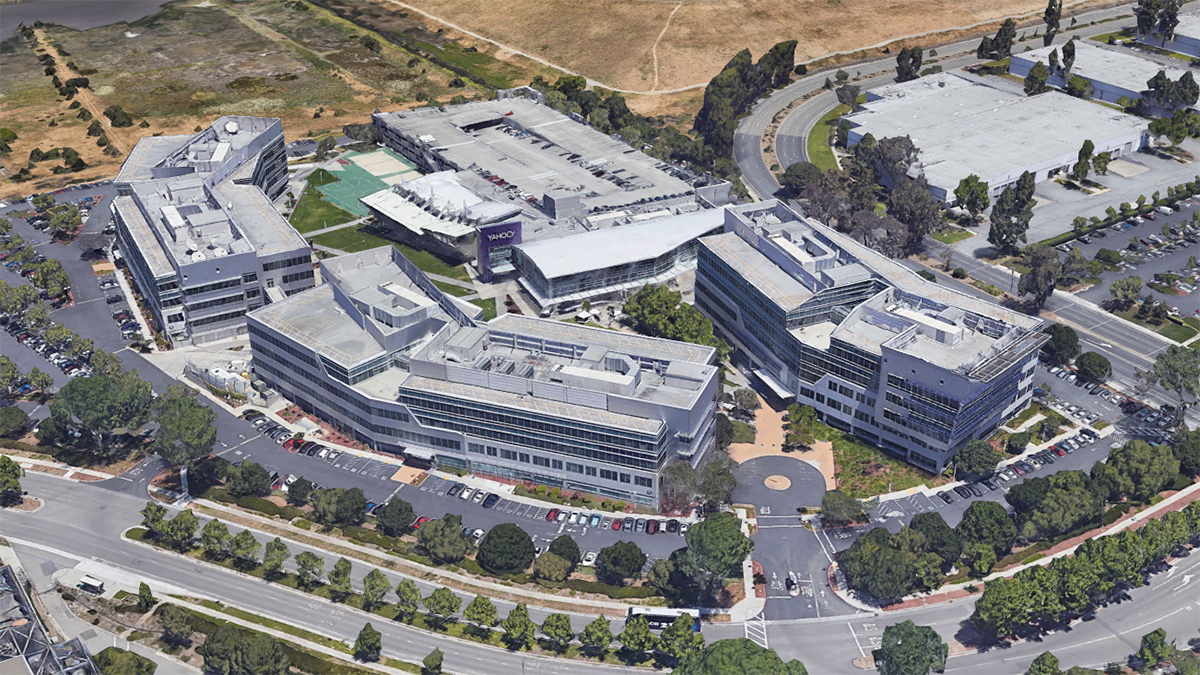Low-cost HVAC control programming can reduce energy while improving summer comfort.
Status: Completed
Funding Sources: ASHRAE California Energy Commission PIER Industry In-Kind Support CBE Partners
Project Objective
The study evaluated the thermal comfort and indoor air quality of buildings in which the variable air volume (VAV) box minimum airflow rates have been reduced to conserve energy.
Project Results
Findings show that reduction of VAV airflow minima can significantly reduce energy use, with no increase in dissatisfaction. The field study buildings showed average cooling energy savings of 13.5% and 28.8% at two sites, and reduced gas use by 6.1% and 12.2%. In winter thermal comfort satisfaction was generally unchanged, howeve in summer with the low flow operation, dissatisfaction was reduced by 32% and 62% at the field study sites. The report was approved by ASHRAE in 2014 and a journal paper summarizing results was published the following year.
These findings have been to reduced the diffuser minima California Title-14 Energy Code, and are being considered for additional energy conserving reductions.
Through VAV system control changes alone, this large intervention field study in several California office buildings demonstrated cooling energy savings of up to 28% and reduced summer comfort complaints by half.
Significance to Industry
Variable air volume box minimum airflow rates have tremendous energy implications. The lower the flowrate, the greater the energy savings. Simulations by Taylor Engineering and CBE show that reducing zone minimums in a typical office building from 30% to 20% can reduce HVAC energy use by 10% – 20%. Savings can be achieved in both new and existing buildings with minimal financial investments through low-cost control system re-programming.
Anecdotal evidence shows VAV minimum airflow has been used successfully in many buildings, but the strategy has not yet penetrated general design practice. Now that ASHRAE, PG&E, and PIER research has addressed the VAV box controllability questions, the thermal comfort and air quality study by this project will remove the final barriers to proposing changes in ASHRAE Standards 90.1, 62.1 and 55.
Research Approach
We conducted both field and laboratory studies for this project. The field study was conducted at a the Yahoo! campus in Sunnyvale, California. The campus contains seven buildings, 980,000 square feet, and over 3,850 occupants. A second field study was conducted at a county government building in Martinez, California.
The field study included three related activities: (1) study building control data, and survey the environment satisfaction of occupants, in approximately 10 buildings that are “toggled” between standard operation and low minimum flow operation; (2) conduct detailed ‘right now’ thermal-comfort and perceived-air-quality surveys in two of these buildngs; and (3) measure the air temperature and airflow distributions for these two buildings.
Laboratory tests, conducted with Price Industries, quantify the ventilation effectiveness and distributions of air temperature and velocity occurring under several diffuser types, ranging from 10% to 30% VAV supply volumes.
Publications and Reports
Paliaga, G.,H. Zhang, T. Hoyt, E. Arens, 2019. Eliminating Overcooling Discomfort While Saving Energy. ASHRAE Journal, April. p. 14-28.
Arens, E. et al. 2015. Effects of diffuser airflow minima on occupant comfort, air mixing, and building energy use (RP-1515). Science and Technology for the Built Environment, July (39 pp)
Arens, E. et at., 2012. Thermal and air quality acceptability in buildings that reduce energy by reducing minimun airflow from overhead diffusers. Final report. November (243 pp)
Presentations
Arens and Paliaga, 2013. Evaluation of Low‐Flow Operation for EnergySavings and Comfort. Presentation at CBE Industry Advisory Board Conference, April.

